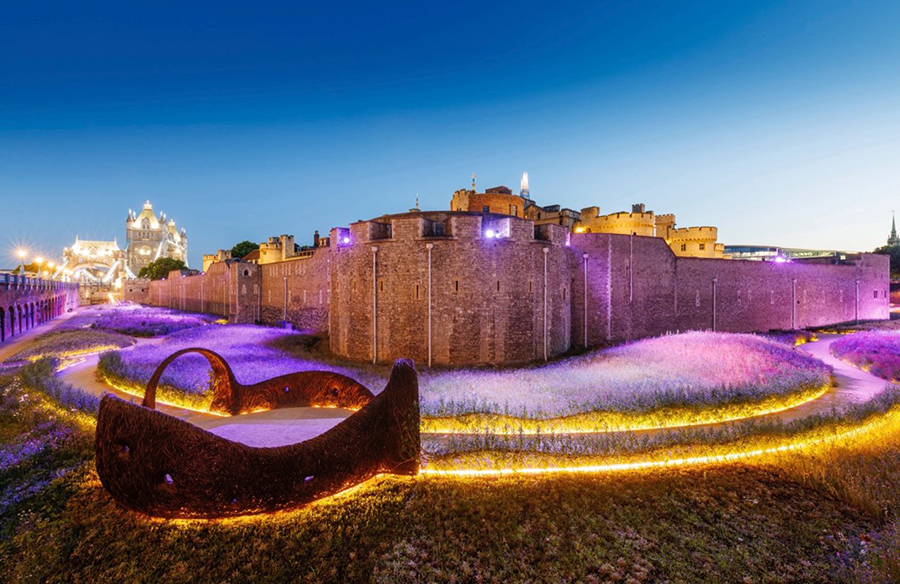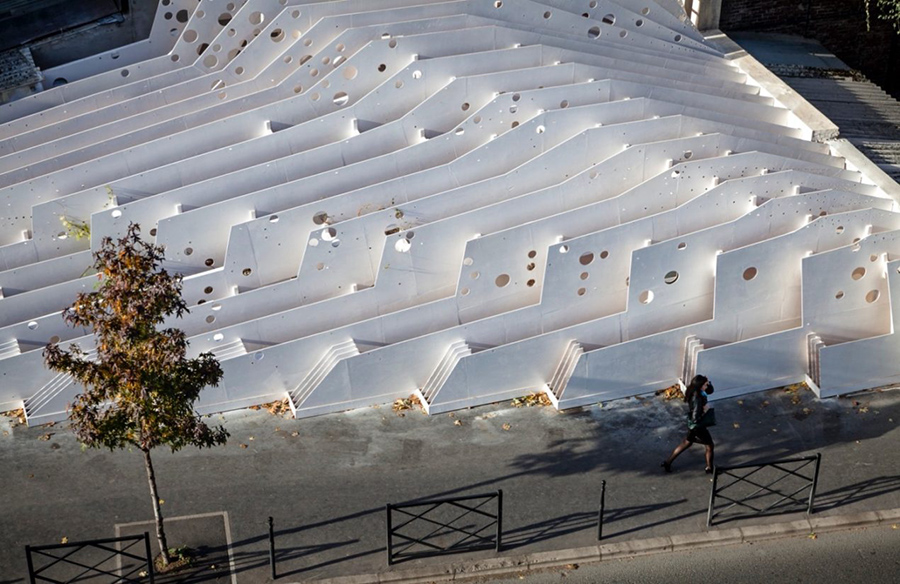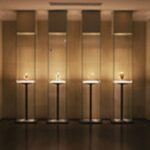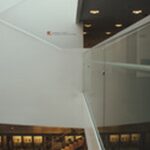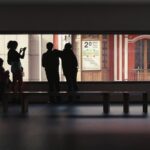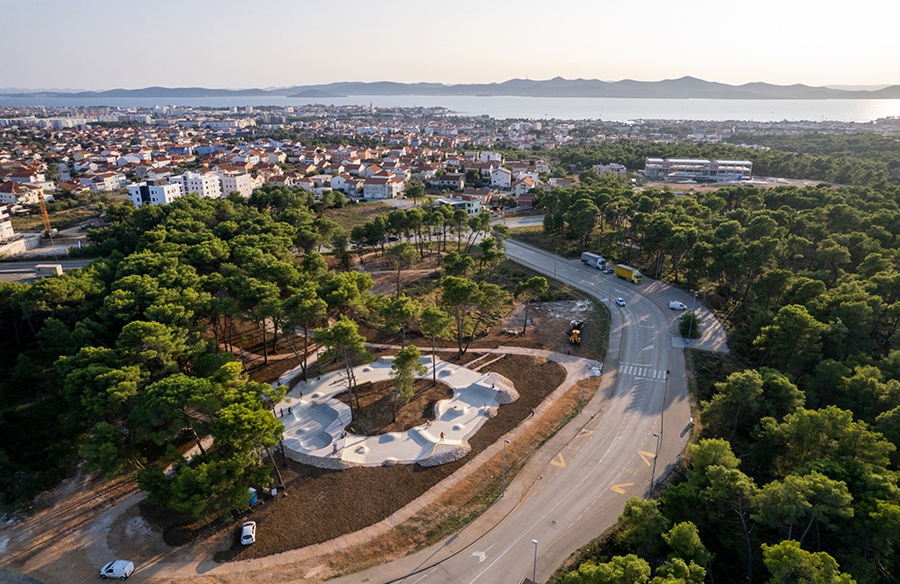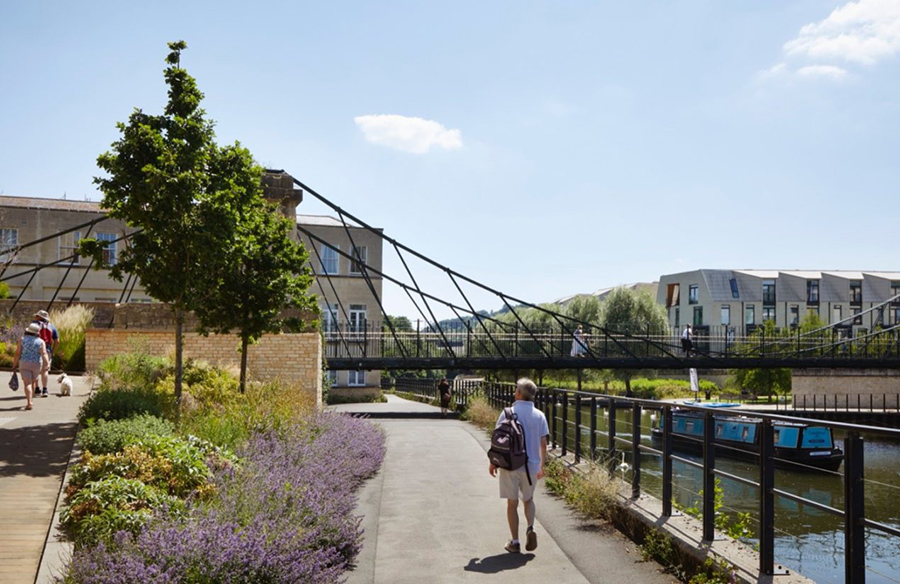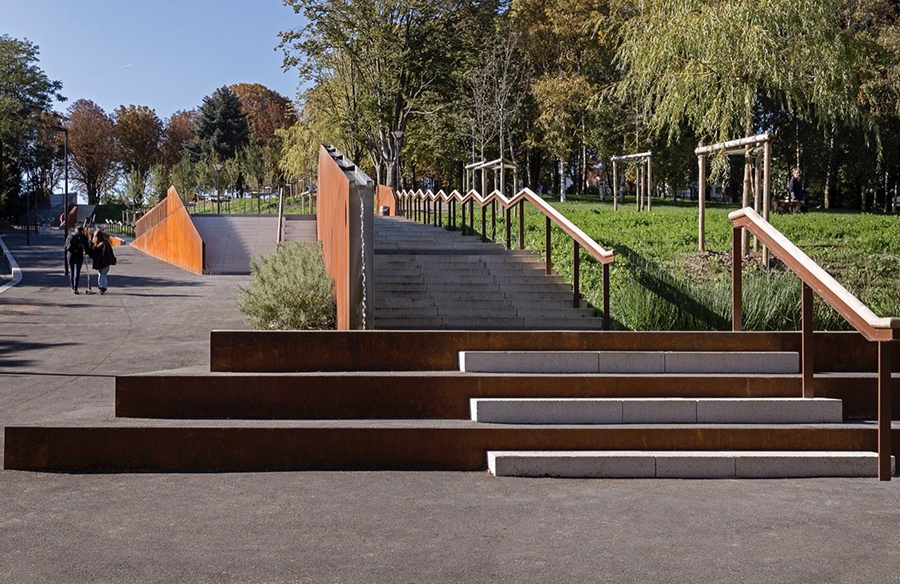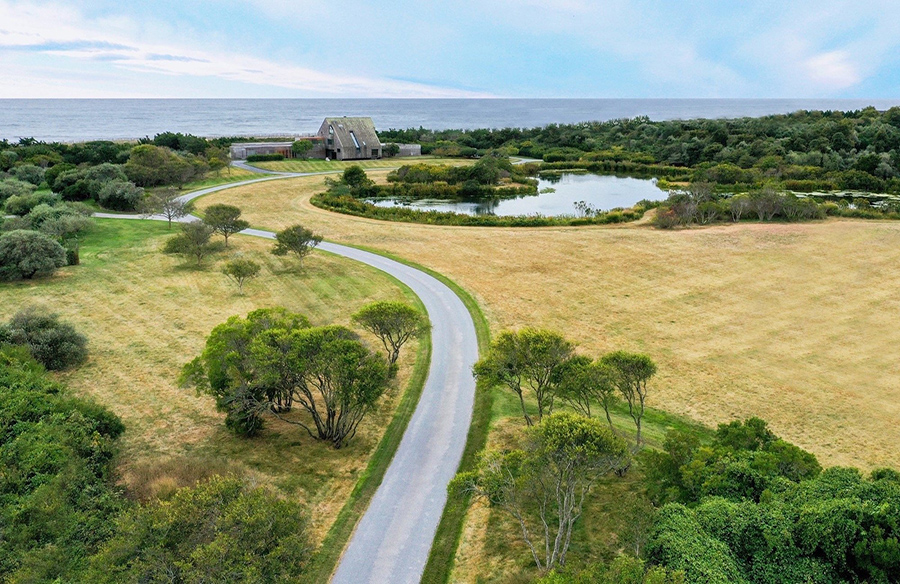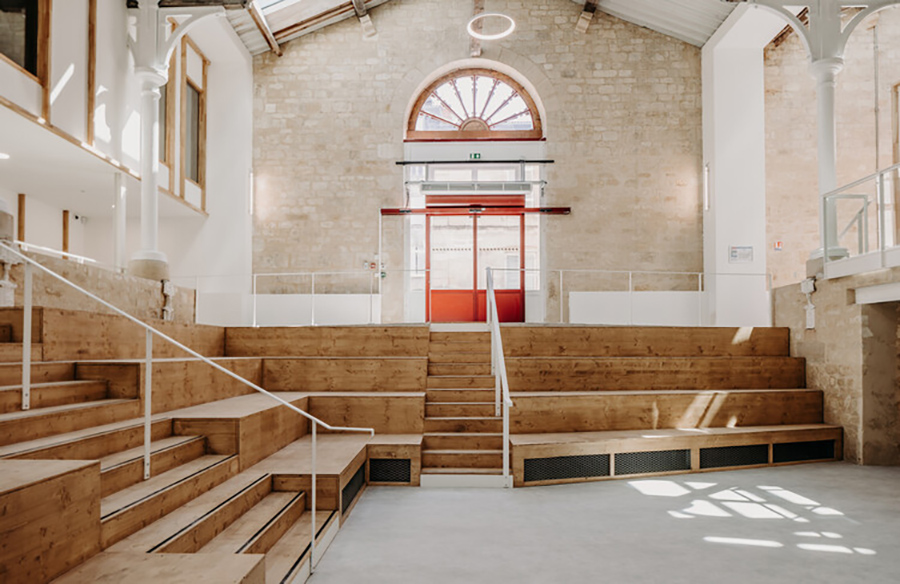Rediscovering History: Gold Museum by Germán Samper

The Gold Museum, designed by Germán Samper, stands as a testament to simplicity and elegance. Located adjacent to Santander Park in Bogotá, Colombia, this architectural marvel offers visitors a captivating journey through Colombia’s rich artisanal heritage.
Architectural Inspiration
Inaugurated in 1968, the Gold Museum is characterized by its minimalist design, drawing parallels with the nearby Church of San Francisco de Asis. Samper’s choice of purist white marble and emphasis on simplicity creates a captivating contrast with the surrounding urban landscape.
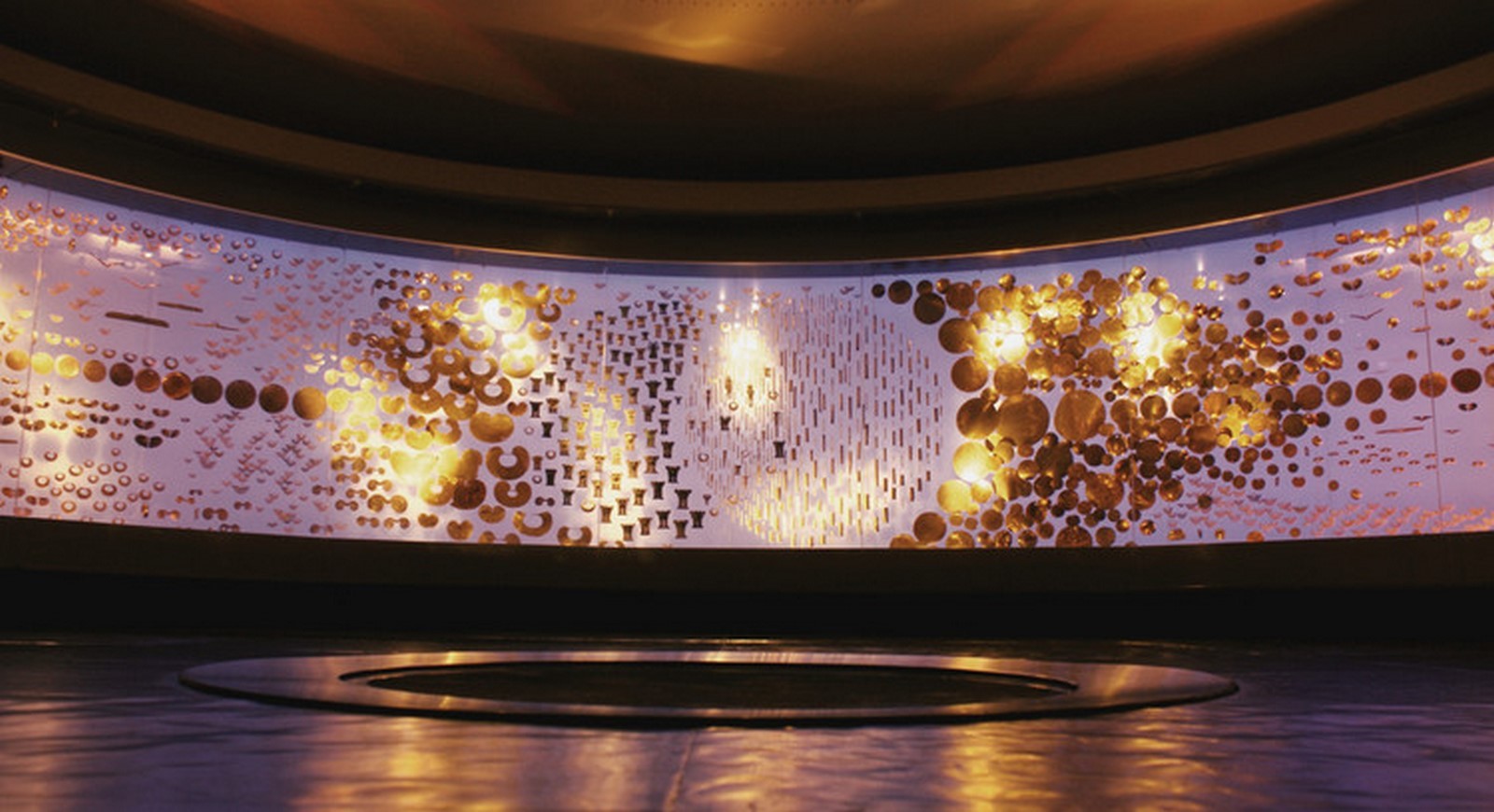
Evolution of the Project
The museum underwent significant expansion in 2008, adding another dimension to Samper’s original vision. Despite the temporal gap between the two phases, the architect’s spatial exploration remained consistent, ensuring continuity and harmony throughout the building.
Integrating Surroundings
The museum seamlessly incorporates elements of the surrounding park and street into its design. The glass-surrounded lobby serves as a gateway, inviting visitors to explore the museum while maintaining a connection with the external environment.
Spatial Design
Samper’s design features inclined stairs and interconnected voids that guide visitors through the museum. Each exhibition room is carefully curated to evoke a sense of contemplation, with lighting playing a crucial role in shaping the overall ambiance.
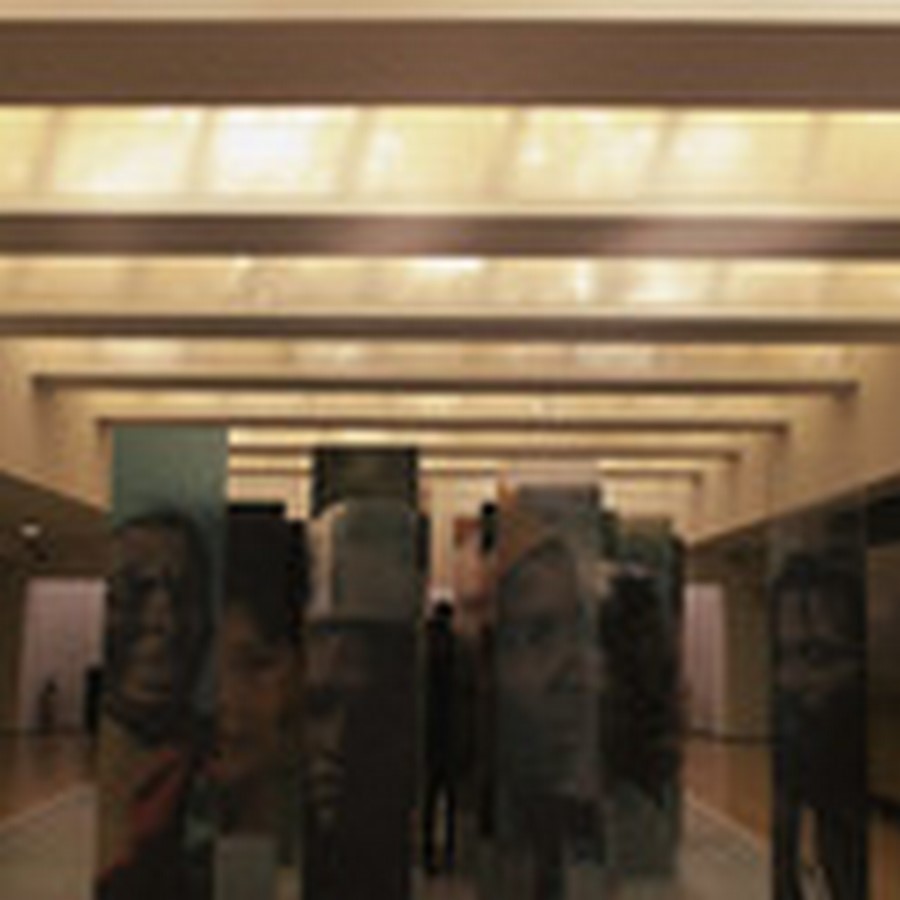
Exhibition Experience
The museum’s exhibition spaces offer a seamless journey, transitioning from well-lit galleries to darker chambers. Special attention is given to lighting, creating an immersive experience where visitors are enveloped in a world of ancient artifacts and golden treasures.
Unique Features
Notable features include the “Sala de las Ofrendas” (Hall of Offerings), a theatrical space showcasing carefully curated gold objects, and a temporary exhibition room offering panoramic views of Santander Park.
Interdisciplinary Collaboration
The success of the Gold Museum is attributed to interdisciplinary collaboration, combining architectural design with museography and engineering expertise. This synergy results in a harmonious blend of history, architecture, and interior design.
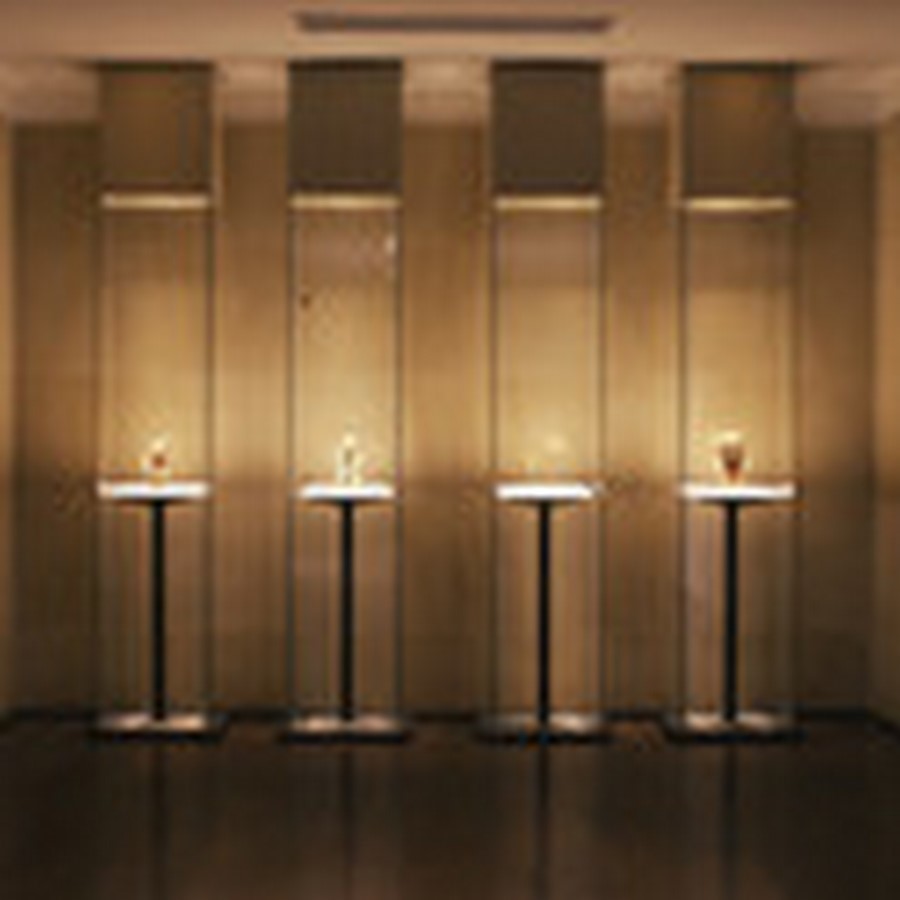
Conclusion
The Gold Museum stands as a beacon of Colombian heritage, offering visitors a glimpse into the country’s rich cultural legacy. Germán Samper’s architectural masterpiece continues to inspire awe, captivating audiences with its timeless beauty and profound storytelling.


